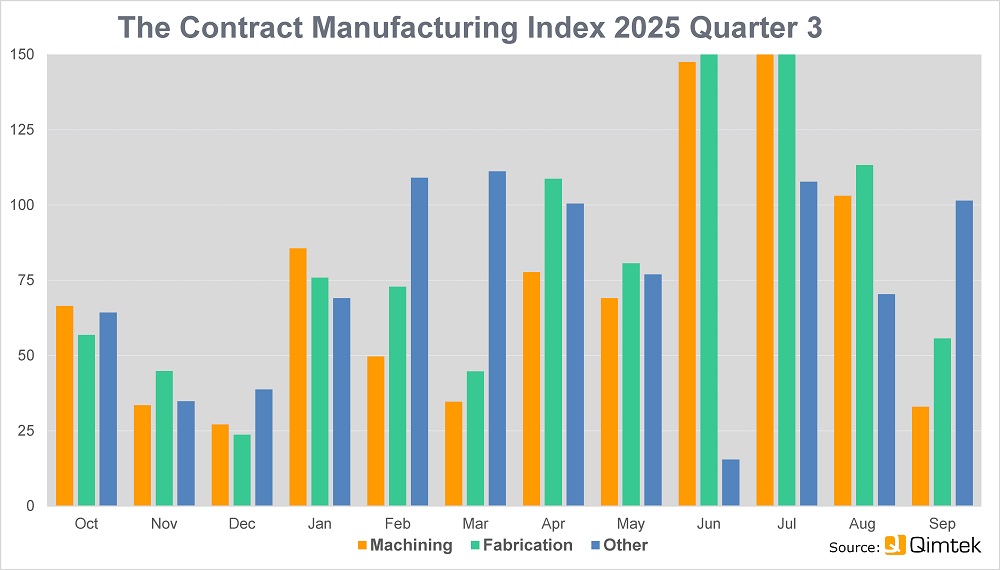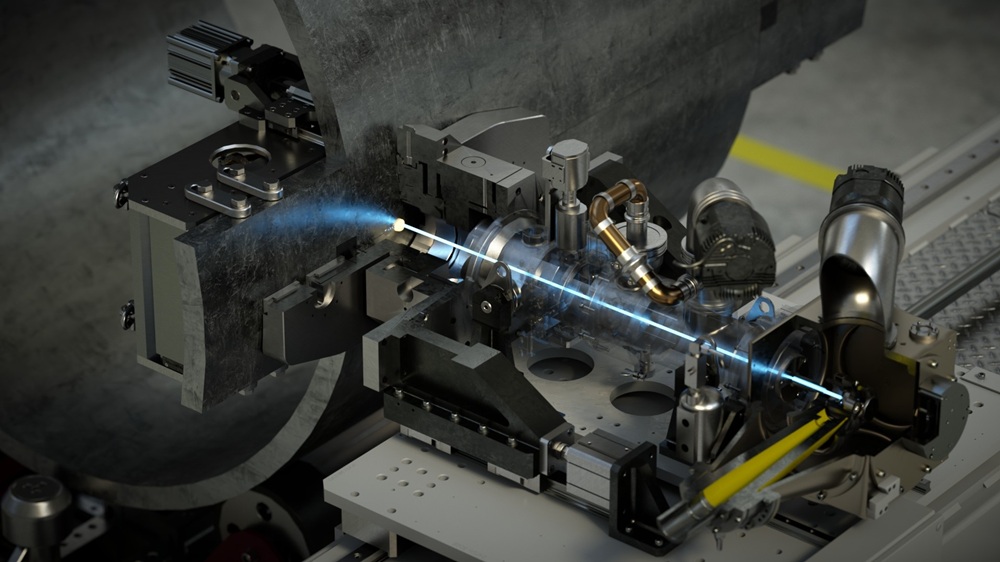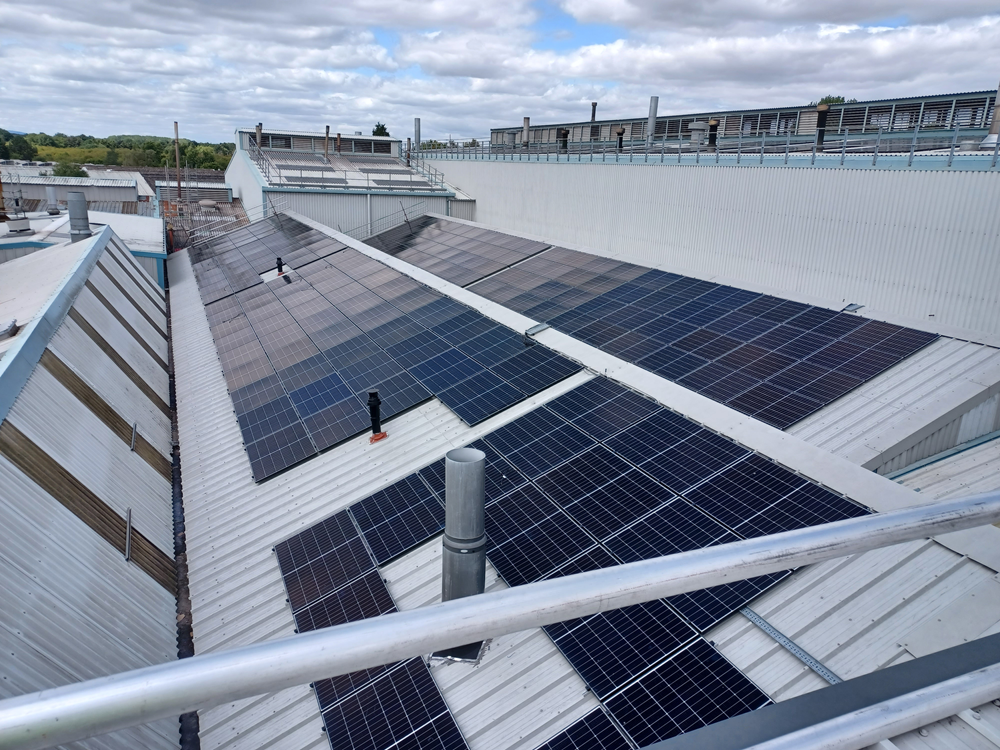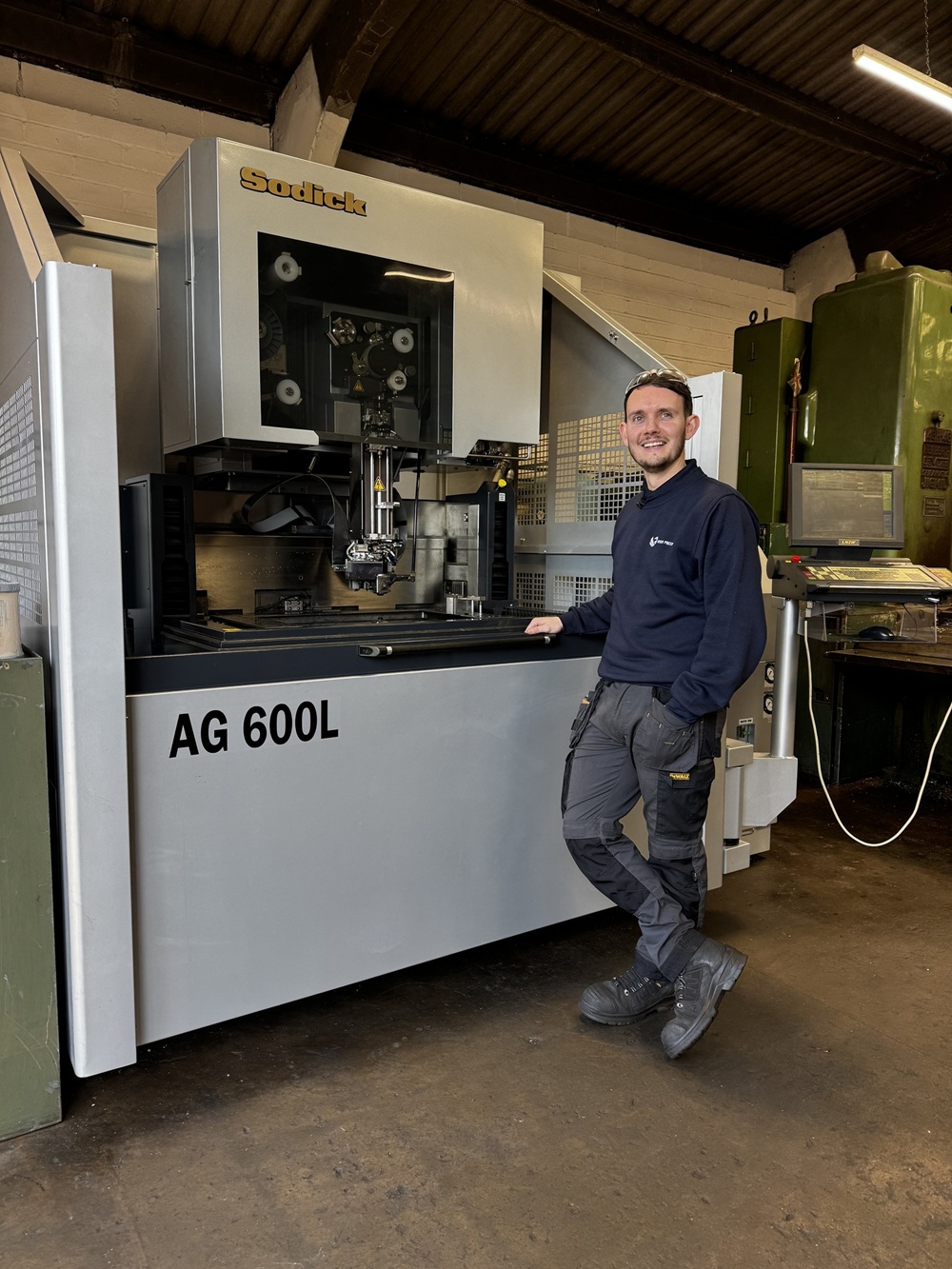Nuneaton-based Birds Precision Engineering has recently invested in a Sodick AG 600L wire erosion machine from Sodi-Tech UK, marking a significant advance in the company’s capabilities and service offerings. This strategic investment represents the latest chapter in the evolution of a business that has been growing steadily since its inception over three decades ago.
The story of subcontract CNC machine shop Birds Precision Engineering began in 1991 when Chris Bird established B&C Engineering in Nuneaton. What started as a sole trader operation quickly expanded, necessitating a move to larger premises. As demand grew, the business relocated and transformed into the name Birds Precision Engineering. Chris’s son, Tom Bird (pictured), joined the company and immersed himself in all aspects of the operation, eventually becoming managing director in 2023.
The latest advancement came earlier this year with the acquisition of a Sodick AG 600L wire erosion machine from Sodi-Tech. This investment was driven by practical business considerations, as Tom Bird explains: “We’re predominantly a subcontract CNC machine shop and focus mainly on the special-purpose machine tool industry. We invested in the wire eroder because, in the tooling industry, there’s a lot of complex components with tight tolerances.”
The Sodick AG 600L is a high-precision, linear motor-driven wire EDM machine utilising advanced linear motor technology to achieve remarkable precision, with accuracy on all axes (X, Y, Z, U, W) of ±0.001 mm.
This level of precision is crucial for Birds Precision, as Bird notes: “Customers are always after accuracy. The components that we’re machining are getting tighter and tighter on tolerances every time we see the drawings. It’s a major factor, and this machine helps to set us apart as we always guarantee to hit those tolerances for our customers.”
More information https://sodi-tech.co.uk/



















